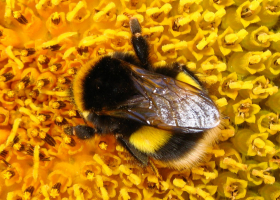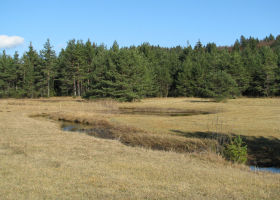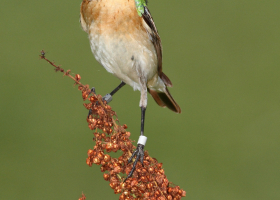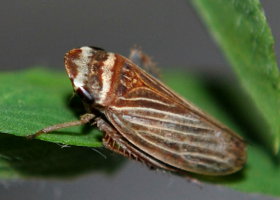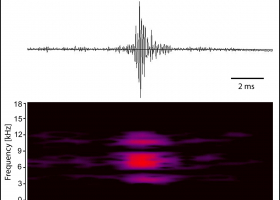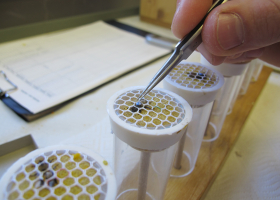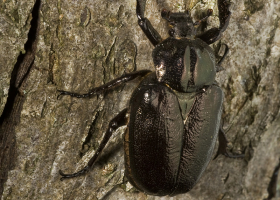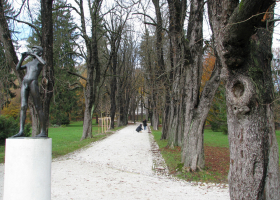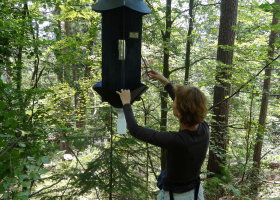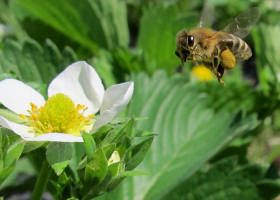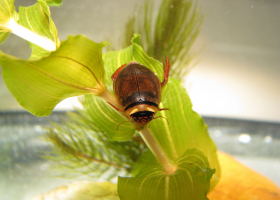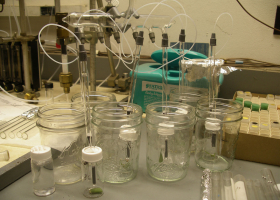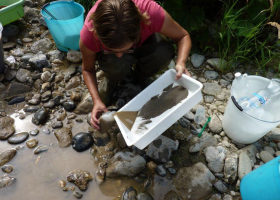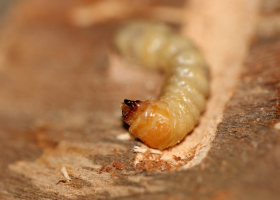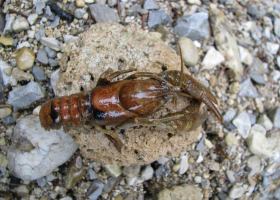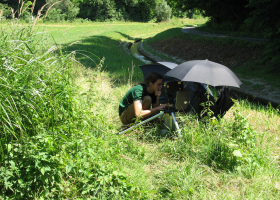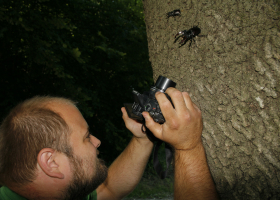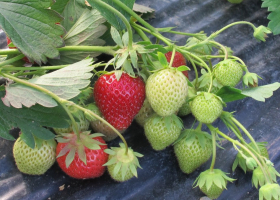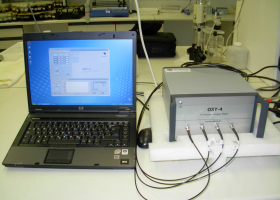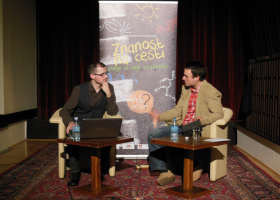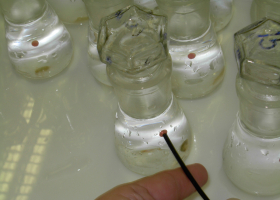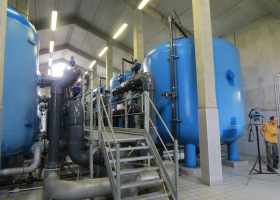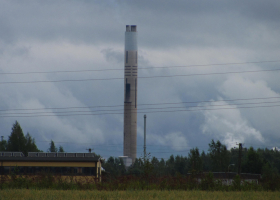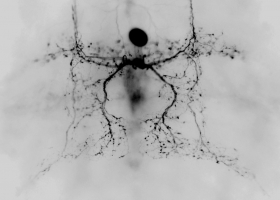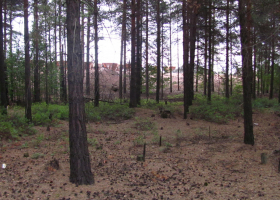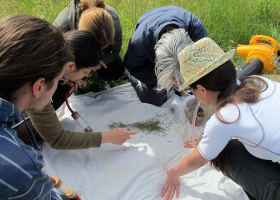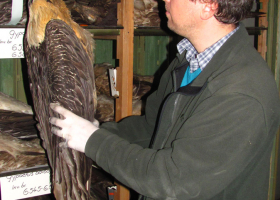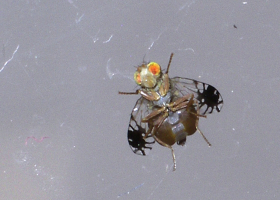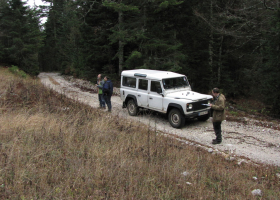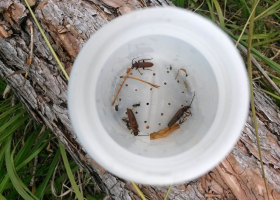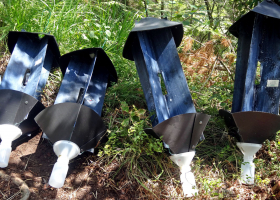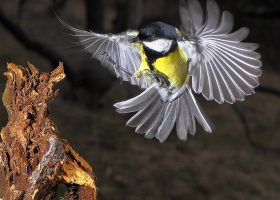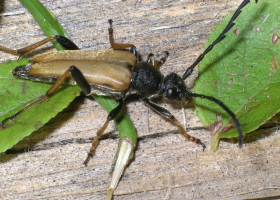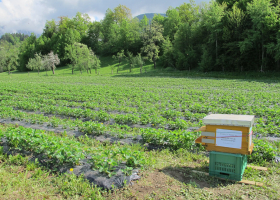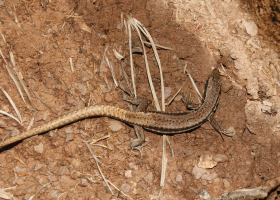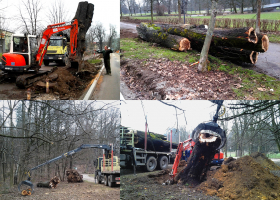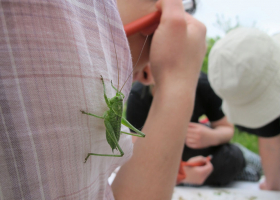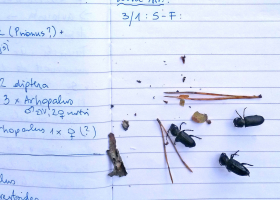Department of Organisms and Ecosystems Research
Members of the Department of Organisms and Ecosystems Research study biological processes on different levels from cell to ecosystems. We create top-level knowledge, needed for integrated understanding of organisms and their role in the environment, from neuronal mechanisms of sensing the environmend and communication between cells to interactions in ecosystems. Our unterdisciplinary experties is used to propose more efficient nature conservation strategies and more sustainable management of the environment.
Head: Dr. Nataša Mori
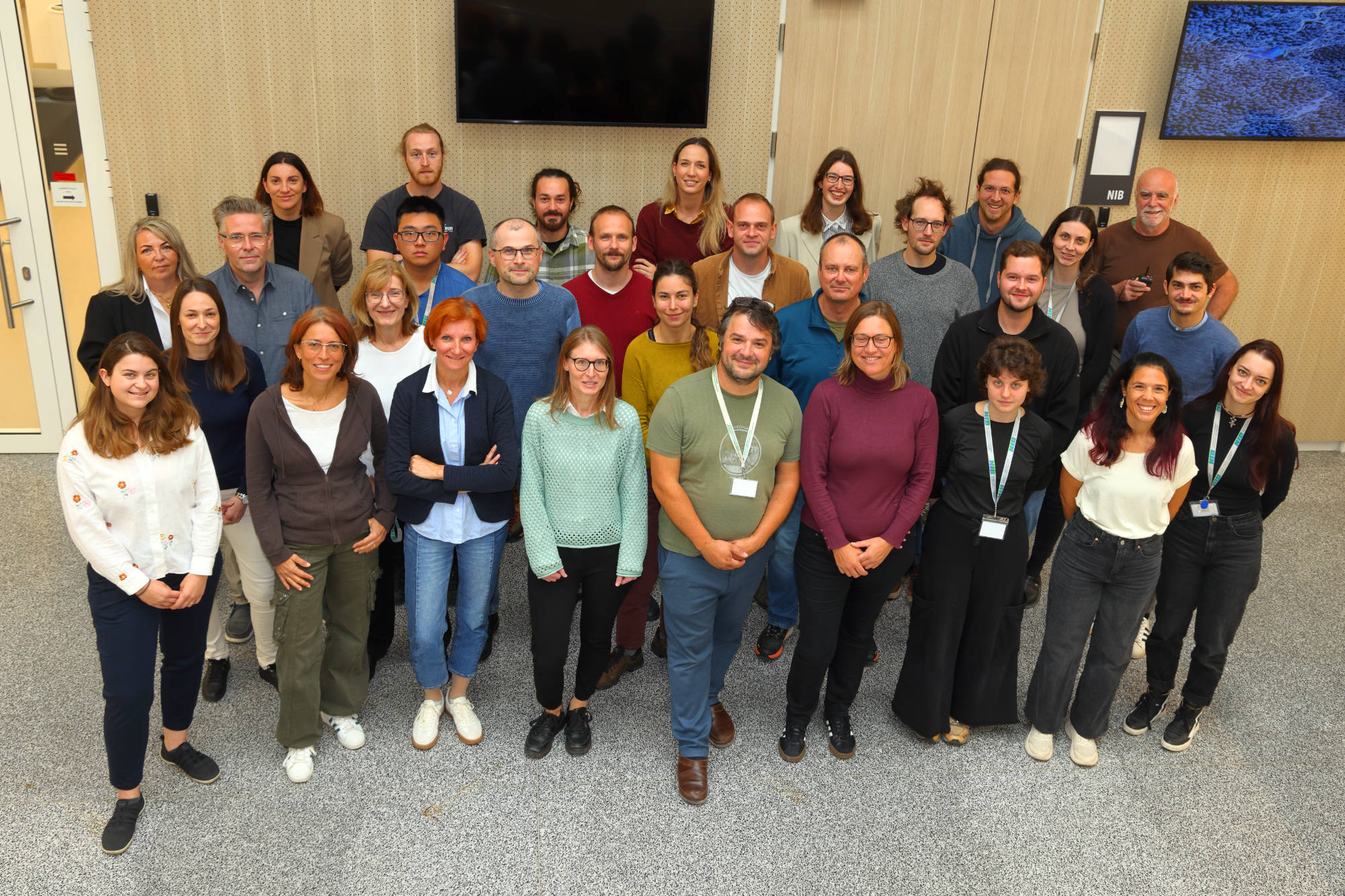
Research

Neurobiology
Our research is focused on the neurobiological level of vibrational communication as the basis of behavioural responses of insects. We study the functional and morphological characteristics of individual vibration receptors and interneurons, as well as processing of relevant behavioural vibratory stimuli.

Insect Communication
Communication is an important element of any behaviour associated with reproduction and survival of the animals in the environment. The effectiveness of communication depends on the ability for specimens of the same kind to recognise and find each other.

Eco-physiology
The responses of different organisms (microorganisms, crustaceans, insects, fish, reptiles...) to some environmental factors and to the exposure of xenobiotic chemicals (e.g. phyto-pharmaceuticals, heavy metals...) are studied by using different physiological and biochemical methods. Ecophysiological studies serve for the estimation of the expected changes in ecosystem structure and functioning due to human activities (climate changes, eutophication, introduction of alien species...).
Bees and Wild Pollinators
We study the effects of pesticides on bees. In particular, we are interested in the effects of doses that do not cause death, but affect behaviour, and therefore their action is much more subtle. In the field of diseases, we are exploring the possibility of resistance selection in the Carniolan bee to the parasitic Varroa destructor mite.

Pest control
We develop innovative techniques for early detection and behavioral manipulation of insect pests based on mechanical vibrations. Using laser vibrometry, we detect faint vibrations produced by insects in plants and use them to detect wood-boring insects and communication signals of leafhoppers and stink bugs.
Taxonomy
The department develops expert knowledge regarding the determination of diatoms (algae), aquatic macrophytes, aquatic invertebrates (Cladocera and Copepoda), insects (Coleoptera), and birds (Aves).
Freshwater ecosystems
The structure and function of freshwater ecosystems (lakes, rivers, groundwater) is investigated with special emphasis on human pressures including climate change, land use, pollution, river management and invasive species.

Terrestrial ecosystems
In addition to basic autecological and sinecological research work regarding terrestrial ecosystems, human-related influences on terrestrial ecosystems are investigated by using widespread groups of organisms as bioindicators, predominantly birds, insects, and plants.

Nature Protection
The activities include primarily inventory of nature, species and habitat types, as well as environmental impact assessments as a consequence of human activities.







